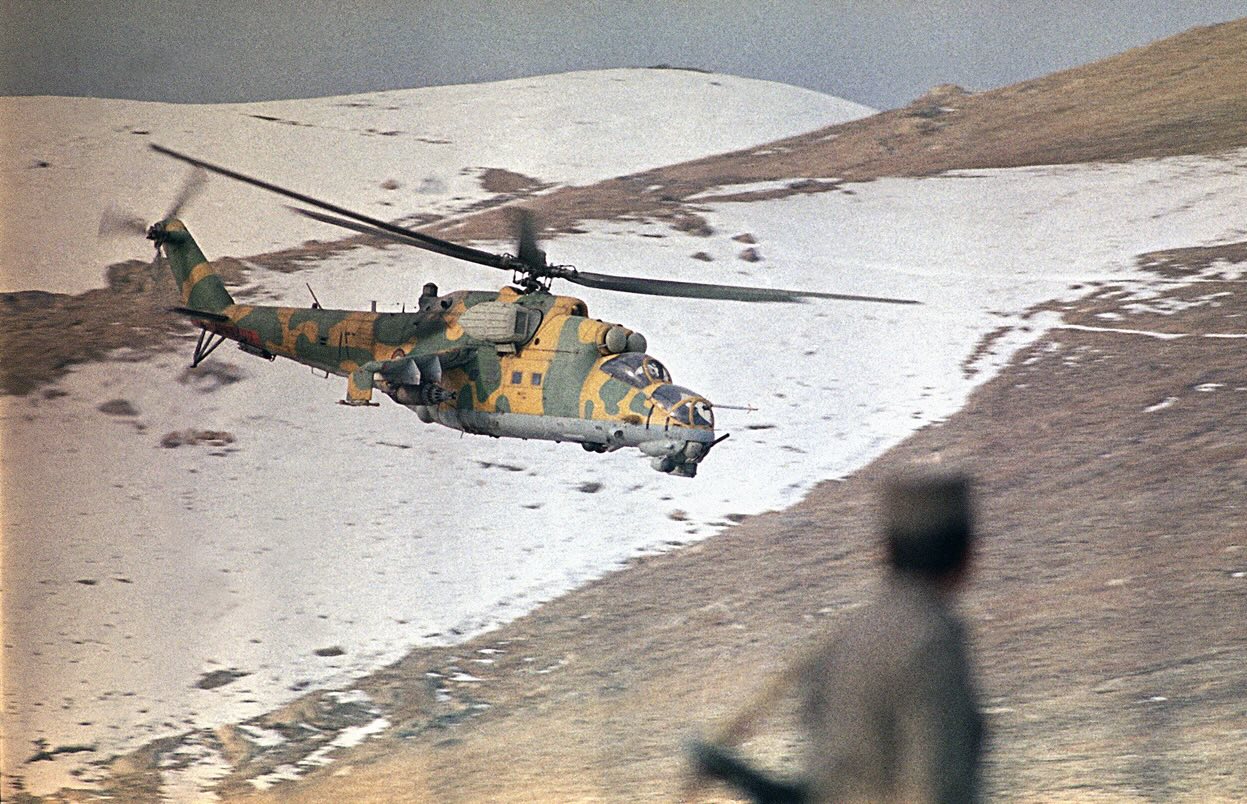
The Soviet-Afghan War was a brutal conflict that lasted from 1979 to 1989, leaving a lasting impact on both nations involved. Why did the Soviet Union invade Afghanistan? The Soviet Union aimed to support the struggling communist government in Afghanistan against insurgent groups known as the Mujahideen. This war became a Cold War battleground, with the United States and other countries providing support to the Mujahideen. The conflict led to significant casualties, widespread destruction, and a massive refugee crisis. It also played a crucial role in the eventual collapse of the Soviet Union. Understanding the Soviet-Afghan War helps us grasp the complexities of modern geopolitics and the enduring consequences of foreign intervention.
The Soviet-Afghan War: An Overview
The Soviet-Afghan War, a conflict that spanned from 1979 to 1989, was a significant event in modern history. It involved the Soviet Union and Afghan insurgent groups known as the Mujahideen. This war had profound impacts on both countries and the world.
-
The war began on December 24, 1979, when Soviet troops invaded Afghanistan to support the communist government against insurgent groups.
-
The Mujahideen, a coalition of various Afghan resistance groups, fought against the Soviet forces using guerrilla warfare tactics.
-
The United States, along with other countries, provided substantial support to the Mujahideen, including weapons and training.
-
The conflict lasted for nearly a decade, ending on February 15, 1989, when the last Soviet troops withdrew from Afghanistan.
Key Players and Strategies
Understanding the main actors and their strategies provides insight into the complexities of the Soviet-Afghan War.
-
The Soviet Union deployed around 100,000 troops at the peak of the conflict, aiming to stabilize the Afghan government.
-
The Mujahideen fighters were not a single unified group but a collection of various factions with different leaders and ideologies.
-
The United States' Central Intelligence Agency (CIA) played a crucial role in Operation Cyclone, a program to arm and finance the Mujahideen.
-
Pakistan's Inter-Services Intelligence (ISI) was instrumental in channeling support to the Mujahideen, often acting as an intermediary for U.S. aid.
Impact on Afghanistan
The war had devastating effects on Afghanistan, altering its social, economic, and political landscape.
-
An estimated 1 million Afghan civilians lost their lives during the conflict.
-
Over 5 million Afghans became refugees, fleeing to neighboring countries like Pakistan and Iran.
-
The war caused widespread destruction of infrastructure, including homes, schools, and hospitals.
-
Landmines left behind by the conflict continue to pose a danger to Afghan civilians, with thousands of casualties reported even decades later.
The Soviet Union's Perspective
The war also had significant repercussions for the Soviet Union, contributing to its eventual dissolution.
-
The Soviet military suffered approximately 15,000 fatalities during the conflict.
-
The financial cost of the war was enormous, straining the Soviet economy and contributing to its decline.
-
The war led to widespread disillusionment within the Soviet Union, with many citizens questioning the government's policies and decisions.
-
The conflict is often referred to as the "Soviet Union's Vietnam" due to its unpopularity and the difficulties faced by Soviet forces.
International Reactions and Consequences
The Soviet-Afghan War had far-reaching implications, influencing international relations and future conflicts.
-
The United Nations General Assembly passed several resolutions calling for the withdrawal of Soviet troops from Afghanistan.
-
The war intensified the Cold War rivalry between the United States and the Soviet Union, with both sides using Afghanistan as a proxy battleground.
-
The conflict contributed to the rise of militant Islamist groups, some of which later evolved into organizations like Al-Qaeda.
-
The war's end marked a significant victory for the Mujahideen, but it also led to a power vacuum and subsequent civil war in Afghanistan.
Legacy and Lessons Learned
The Soviet-Afghan War left a lasting legacy, offering important lessons for future military engagements and international policies.
-
The war highlighted the challenges of foreign intervention in a complex and divided country.
-
It underscored the importance of understanding local cultures and dynamics in conflict zones.
-
The conflict demonstrated the effectiveness of guerrilla warfare against a technologically superior adversary.
-
The war's aftermath showed the long-term consequences of neglecting post-conflict reconstruction and stability efforts.
-
The Soviet-Afghan War remains a subject of study for military strategists and historians, providing valuable insights into the nature of modern warfare.
-
The experiences of Soviet veterans, known as "Afghantsy," influenced Russian military policies and attitudes towards future conflicts.
-
The war's impact on Afghanistan continues to be felt today, shaping the country's ongoing struggles and efforts towards peace and development.
Reflecting on the Soviet-Afghan War
The Soviet-Afghan War left a lasting impact on global politics, military strategies, and the lives of millions. It was a brutal conflict that saw immense suffering, resilience, and geopolitical maneuvering. The war not only drained the Soviet Union's resources but also played a role in its eventual collapse. For Afghanistan, the war's aftermath led to years of instability and the rise of the Taliban. Understanding this conflict helps us grasp the complexities of international relations and the consequences of prolonged warfare. The bravery and struggles of those involved shouldn't be forgotten. By learning from history, we can hope to avoid repeating the same mistakes. The Soviet-Afghan War serves as a stark reminder of the human cost of war and the importance of striving for peace.
Was this page helpful?
Our commitment to delivering trustworthy and engaging content is at the heart of what we do. Each fact on our site is contributed by real users like you, bringing a wealth of diverse insights and information. To ensure the highest standards of accuracy and reliability, our dedicated editors meticulously review each submission. This process guarantees that the facts we share are not only fascinating but also credible. Trust in our commitment to quality and authenticity as you explore and learn with us.
